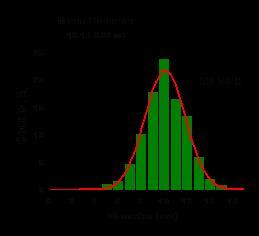- Universitat de València
- Abargues Lopez, Rafael
- PDI-Prof. Permanent Laboral Ppl
- Martinez Pastor, Juan Pascual
- PDI-Catedratic/a d'Universitat
- Director/a d' Institut Universitari
- Ibañez Puchades, Rafael
- PDI-Catedratic/a d'Universitat
- Dega/Degana / Director/a Ets
- Ernesto Jiménez Villar
- Kamal Abderrafi
- José Luis Valdés Navarro
Different procedures for the synthesis and covering of inert metallic nanoparticles have been developed during the two last decades, like suspension of metallic and silicon nanoparticles, synthesis by organic solvent addition or several laser ablation methods. Nevertheless, currently used methods show disadvantages, such as they consist of several steps, need high temperatures (500-1000 ºC) for the synthesis, etc. Thus, an increase of production costs is caused.
Researchers from University of Valencia have developed a new procedure for the synthesis of inert metallic nanoparticles with only one step. This method lets production of nanoparticles in a rapid way and at low temperature, controlling size, shape and concentration of nanoparticles.
The main application of the technology is in the production of inert metallic nanoparticles, for their use in the following sectors:
- In cosmetics, to improve biodisponibility and features of compounds for product development (i.e. sun protection creams).
- In pharmaceutics, to improve drug delivery.
- In biotechnology, to trace and functionalize organic molecules and to develop biosensors, taking advantage of surface plasmon resonance (SPR) properties of metallic nanoparticles.
- In petrochemical and chemical industry, as catalysers.
The most remarkable advantages provided by this technology are:
- Rapidity of the metallic nanoparticle synthetic method, as it consists of only one step.
- Efficiency, since size, shape and concentration of nanoparticles are controlled, as well as, their production in organic or inorganic soluble solution.
- Reduced production costs, as high temperatures are required by other alternative laser ablation methods.
- Patent granted
Blasco Ibáñez Campus
C/ Amadeu de Savoia, 4
46010 València (València)














